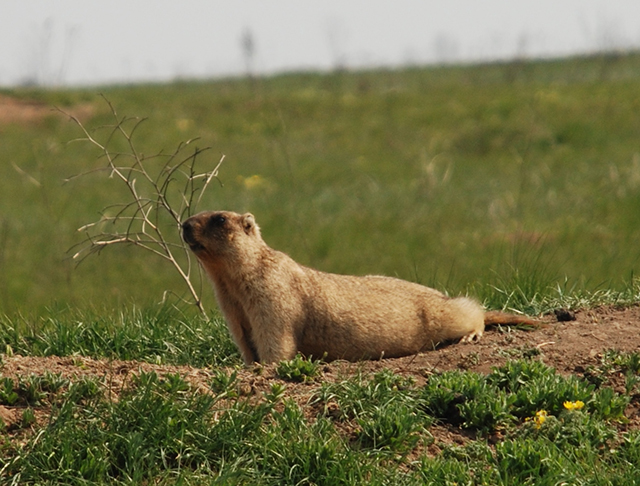

“The real problem of humanity is the following: we have paleolithic emotions; medieval institutions; and god-like technology” – E.O. Wilson


In this phenomenal image activity, students will use Cold War spy satellite images to analyze how organisms can change and shape an agricultural landscape. Marmota, a genus of burrowing rodents, and their burrows that can be seen from space, are the focus for this case study. Students will use images and text from a research paper to understand the ecological impacts of the marmots.
Additional Resources:
This spy Satellite data was featured in an article in The Scientist as well as additional research published in Remote Sensing in Ecology and Conservation.
While the phenomenal activity focuses on the Eurasian Bobak Marmot, students can compare and contrast this free-range Marmot to one of the more well-known species of North American Marmot – the groundhog. Ask your students, how important are each of these Marmota species as ecosystem engineers/keystone species in each of their places?
Marmots from space: assessing population size and habitat use of a burrowing mammal using publicly available satellite images
Cold War spy satellite images reveal long-term declines of a philopatric keystone species in response to cropland expansion

